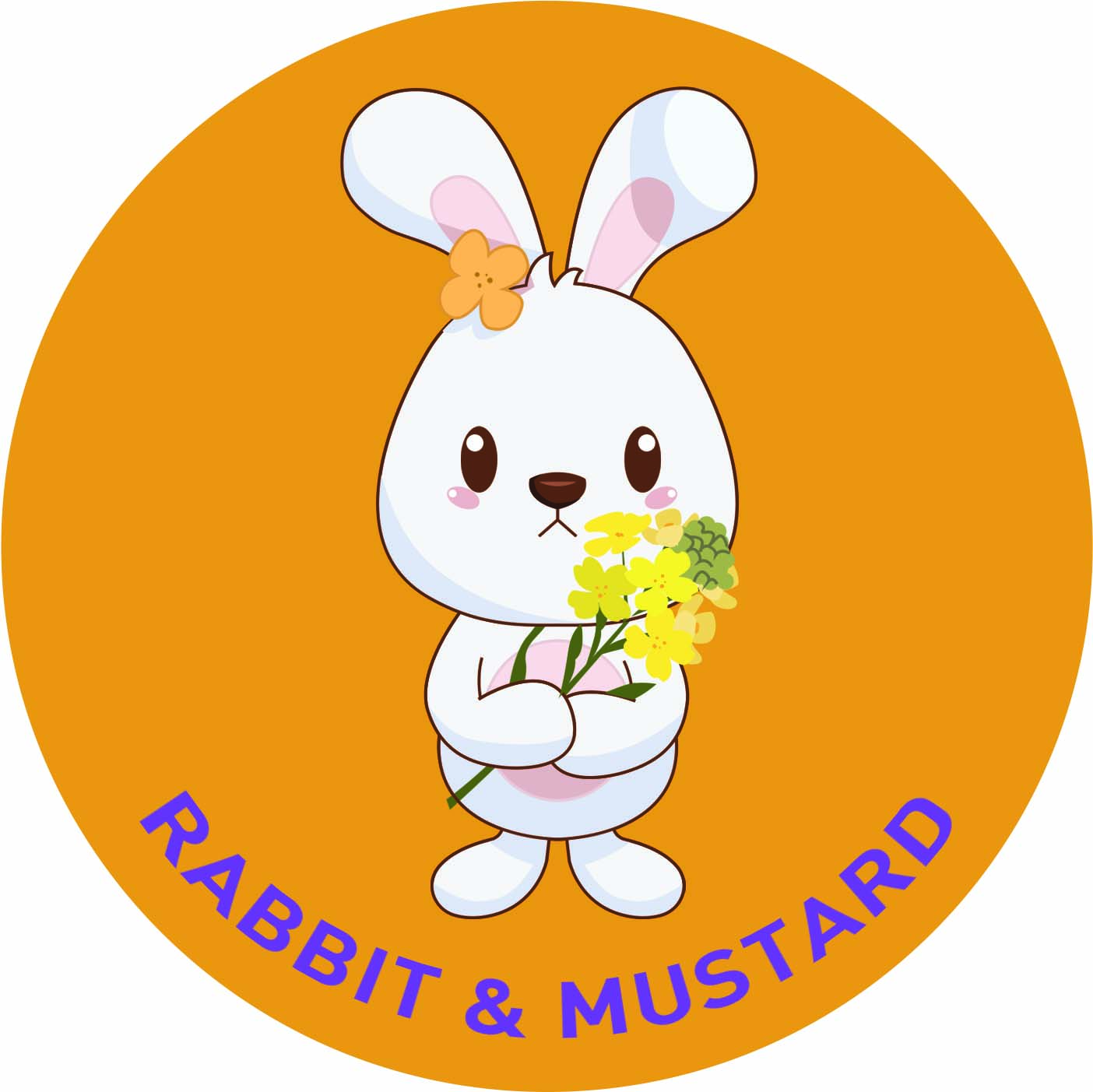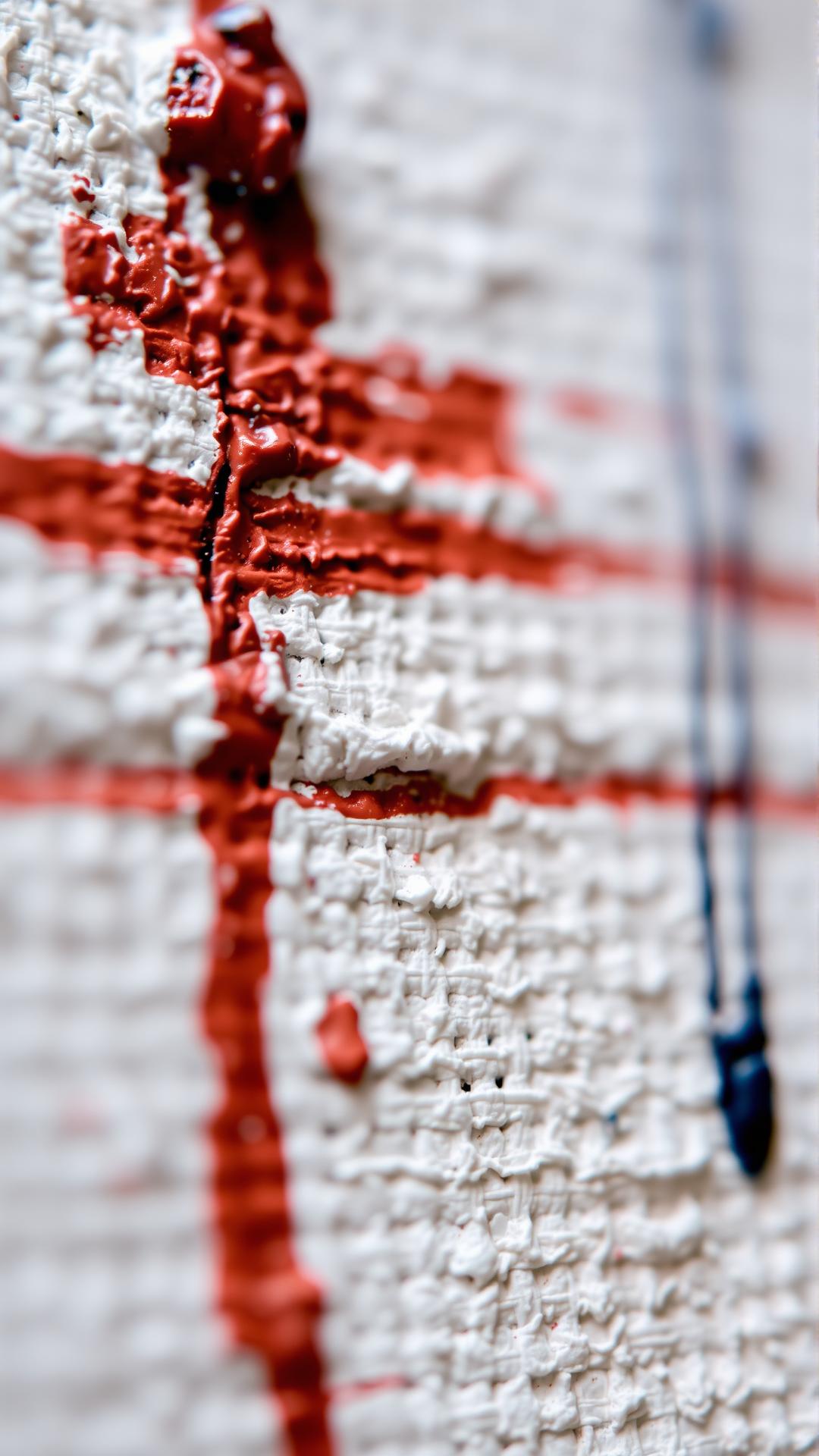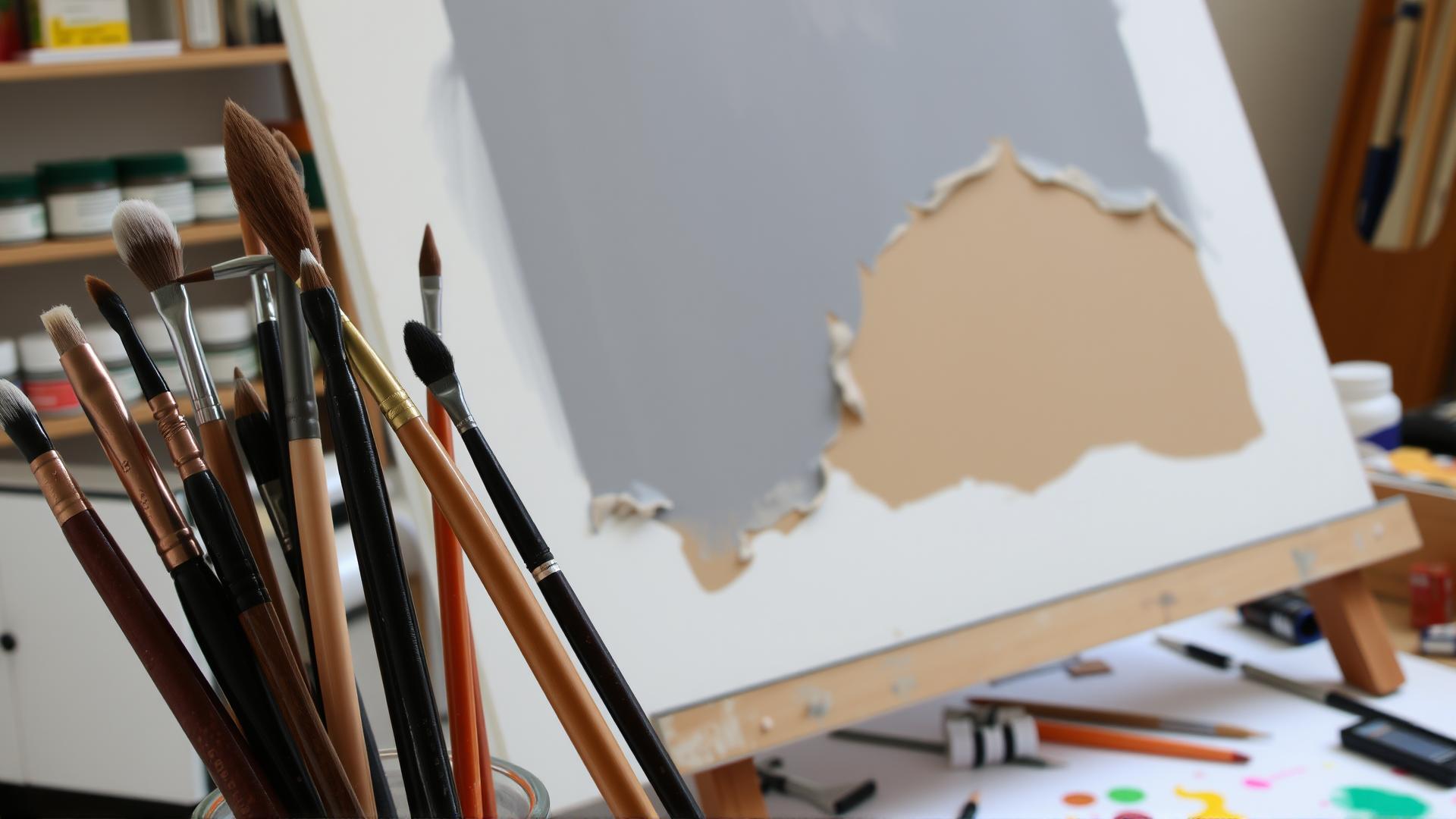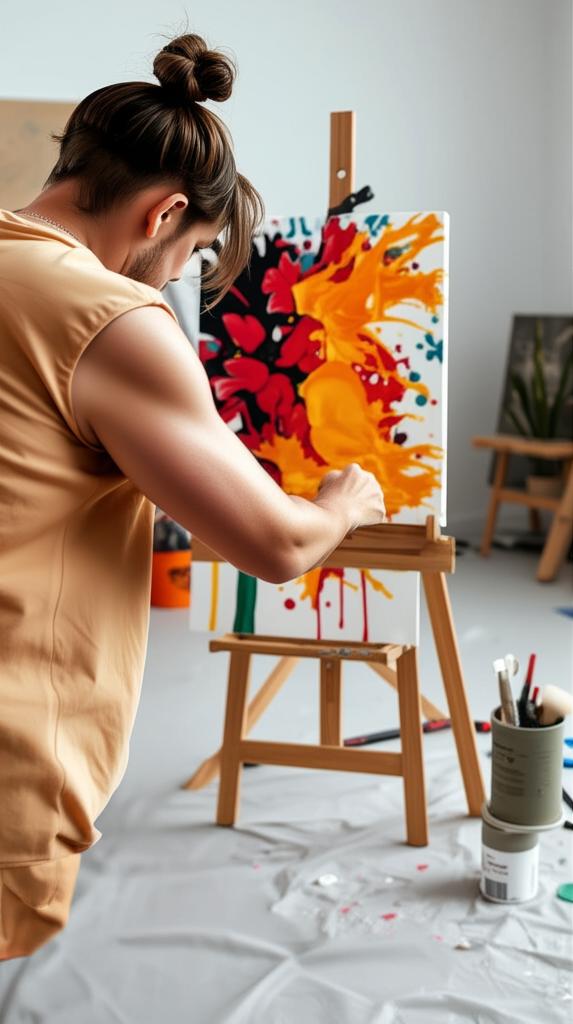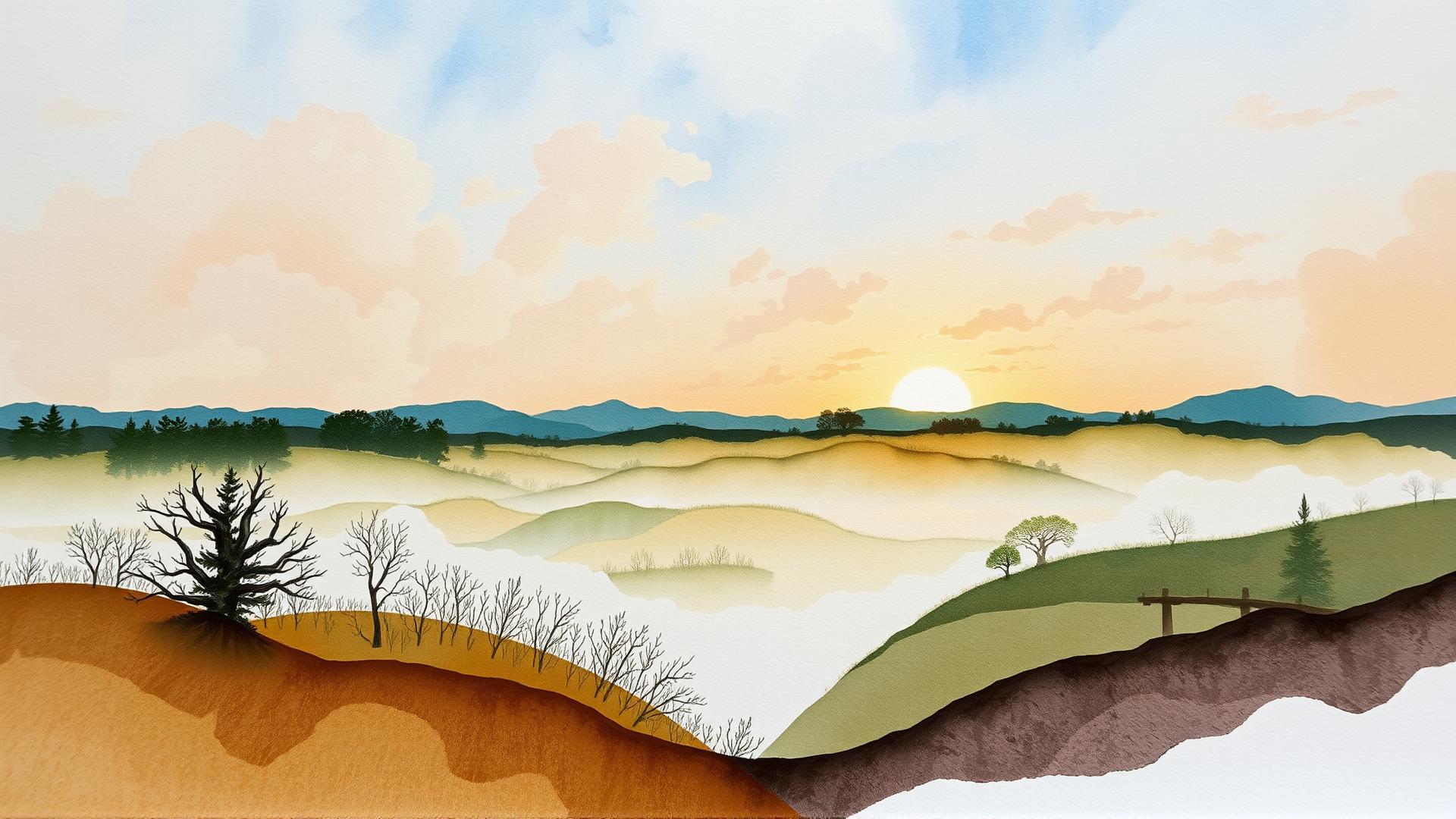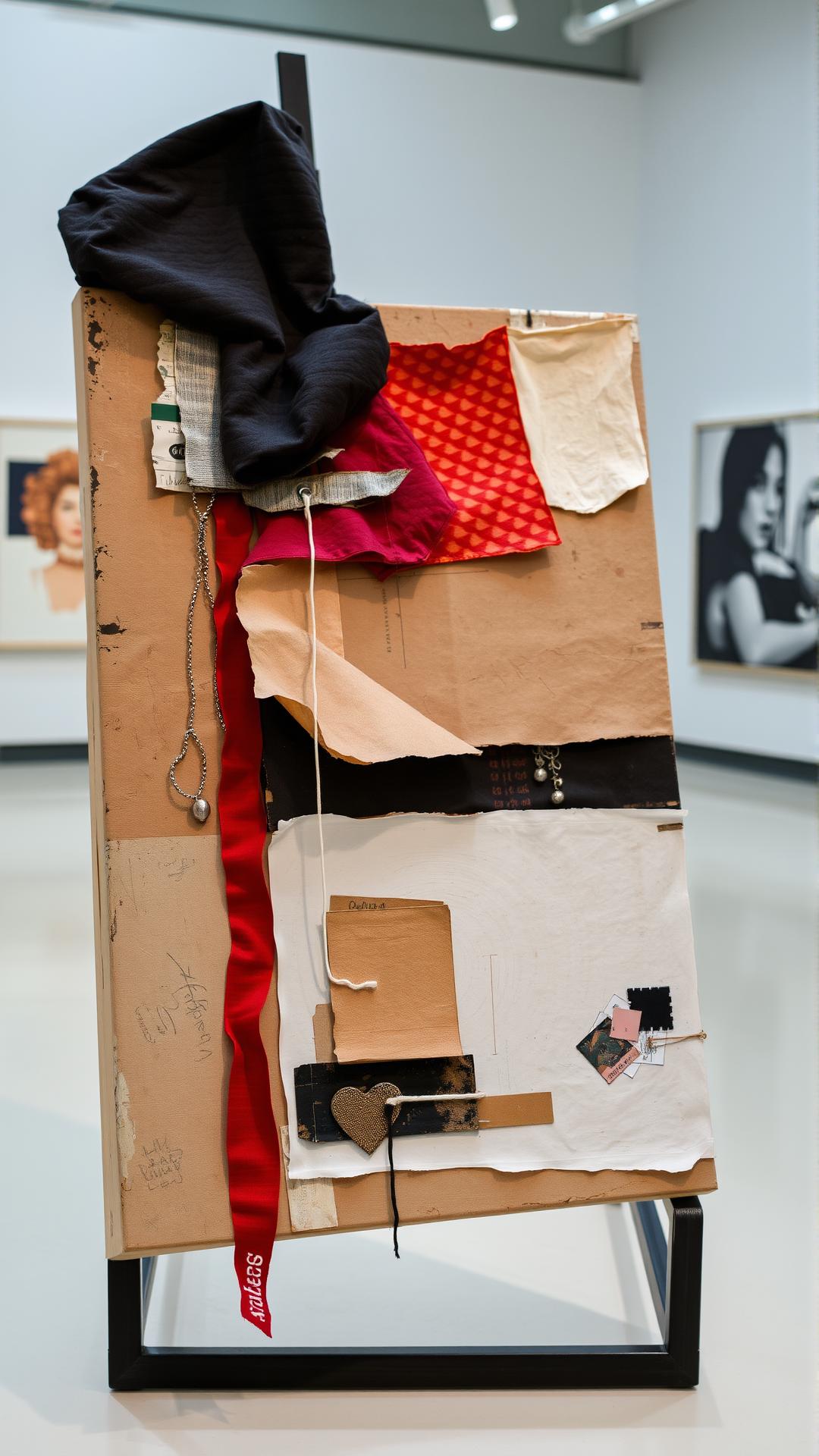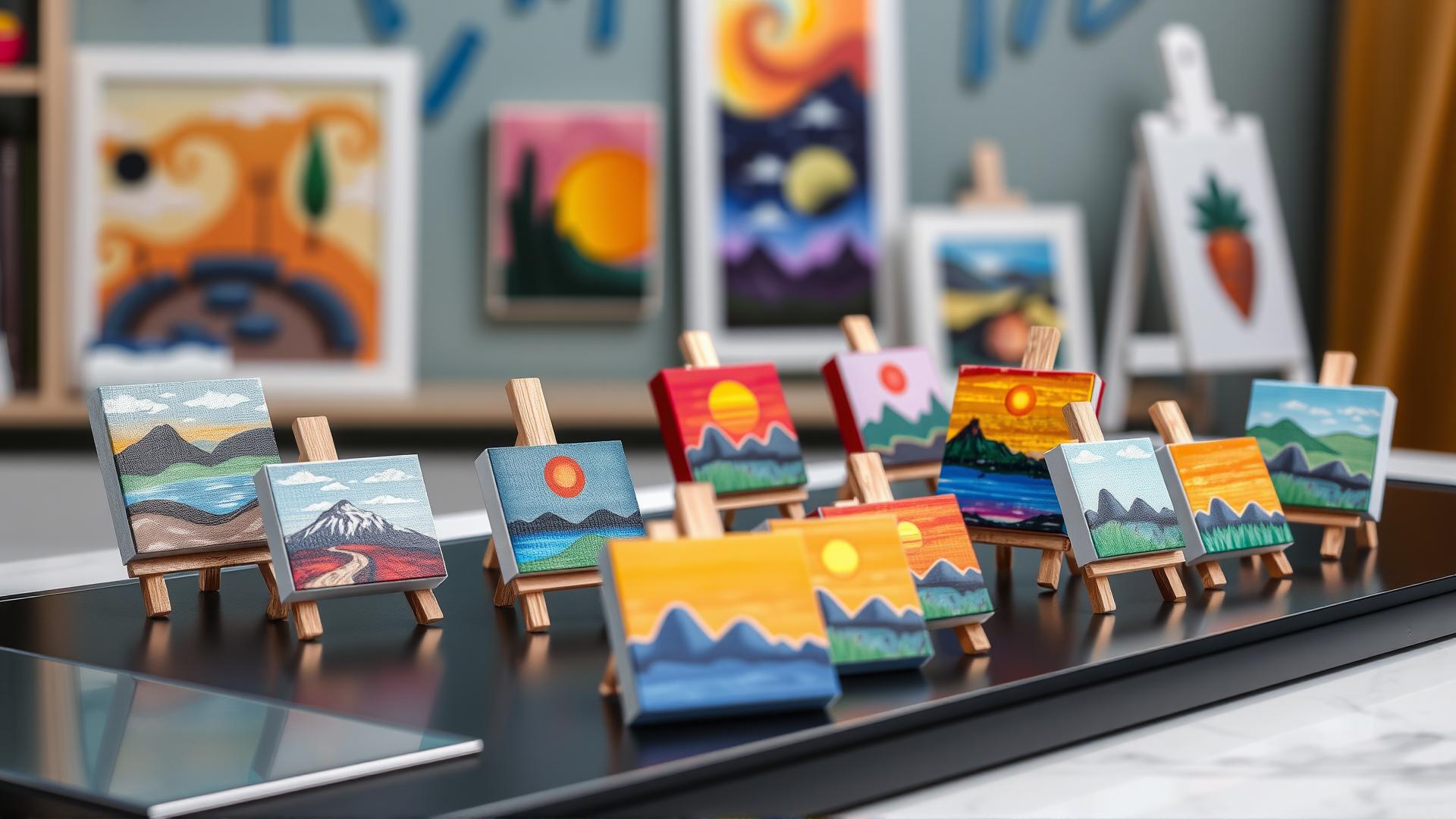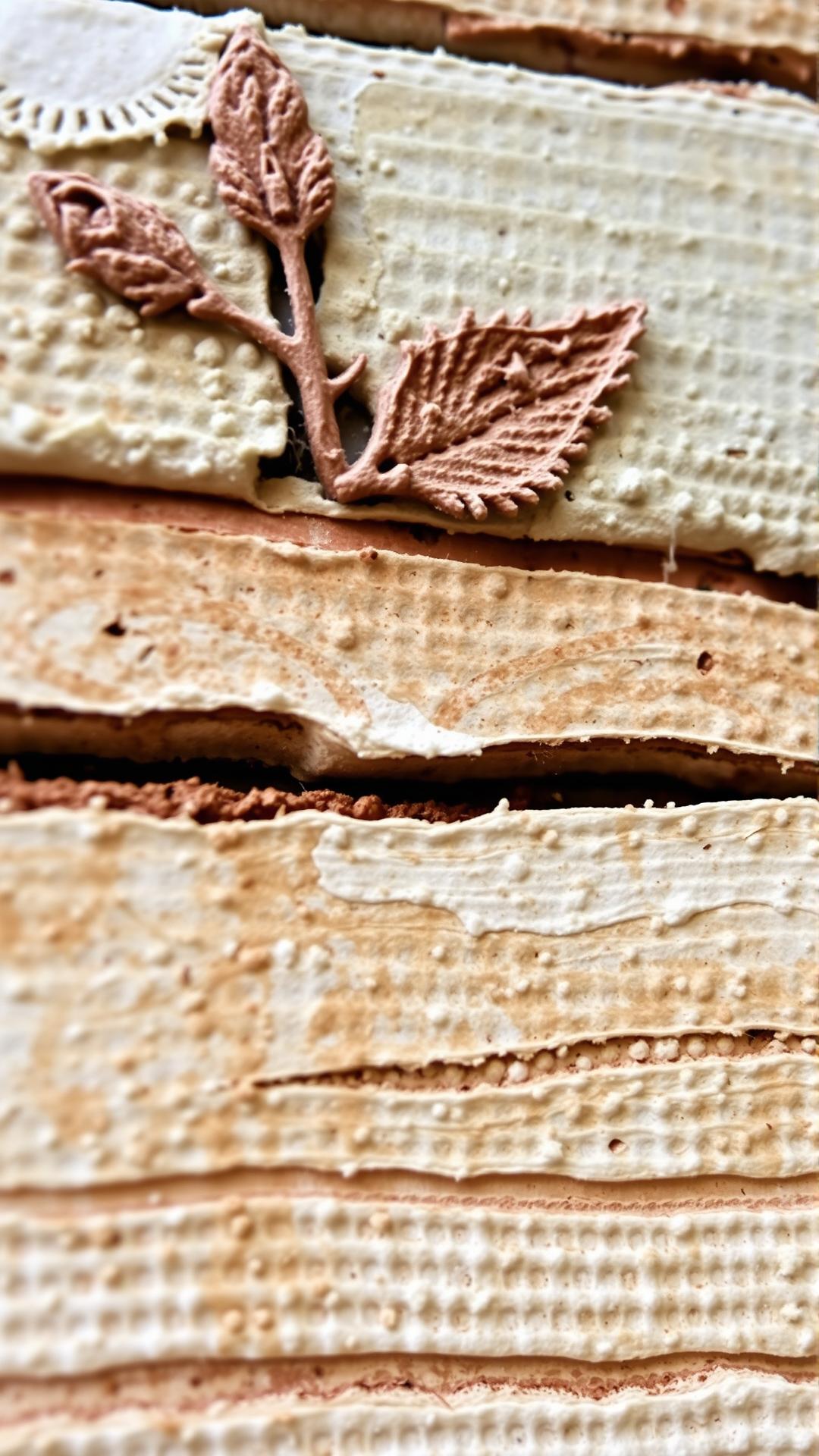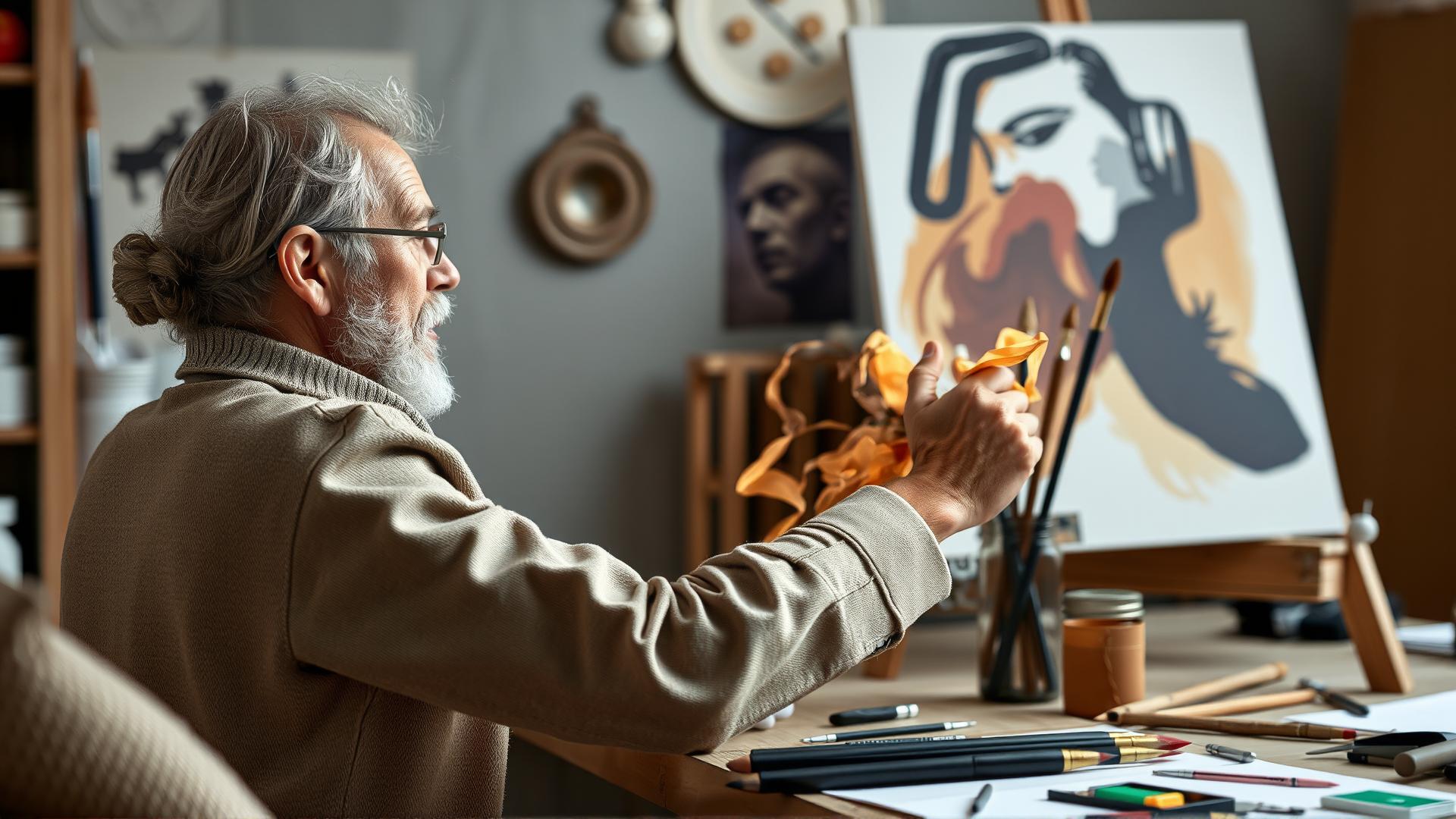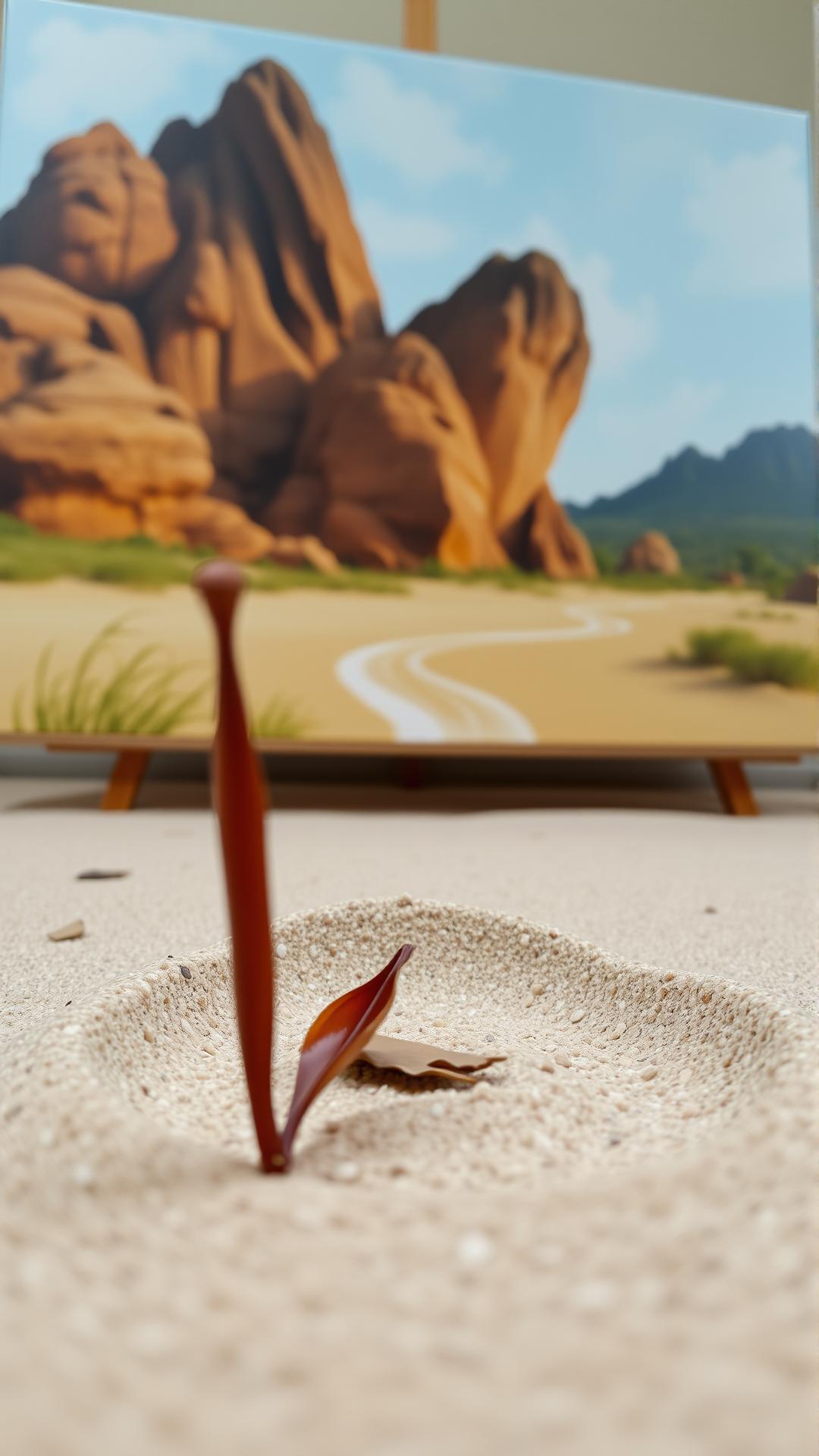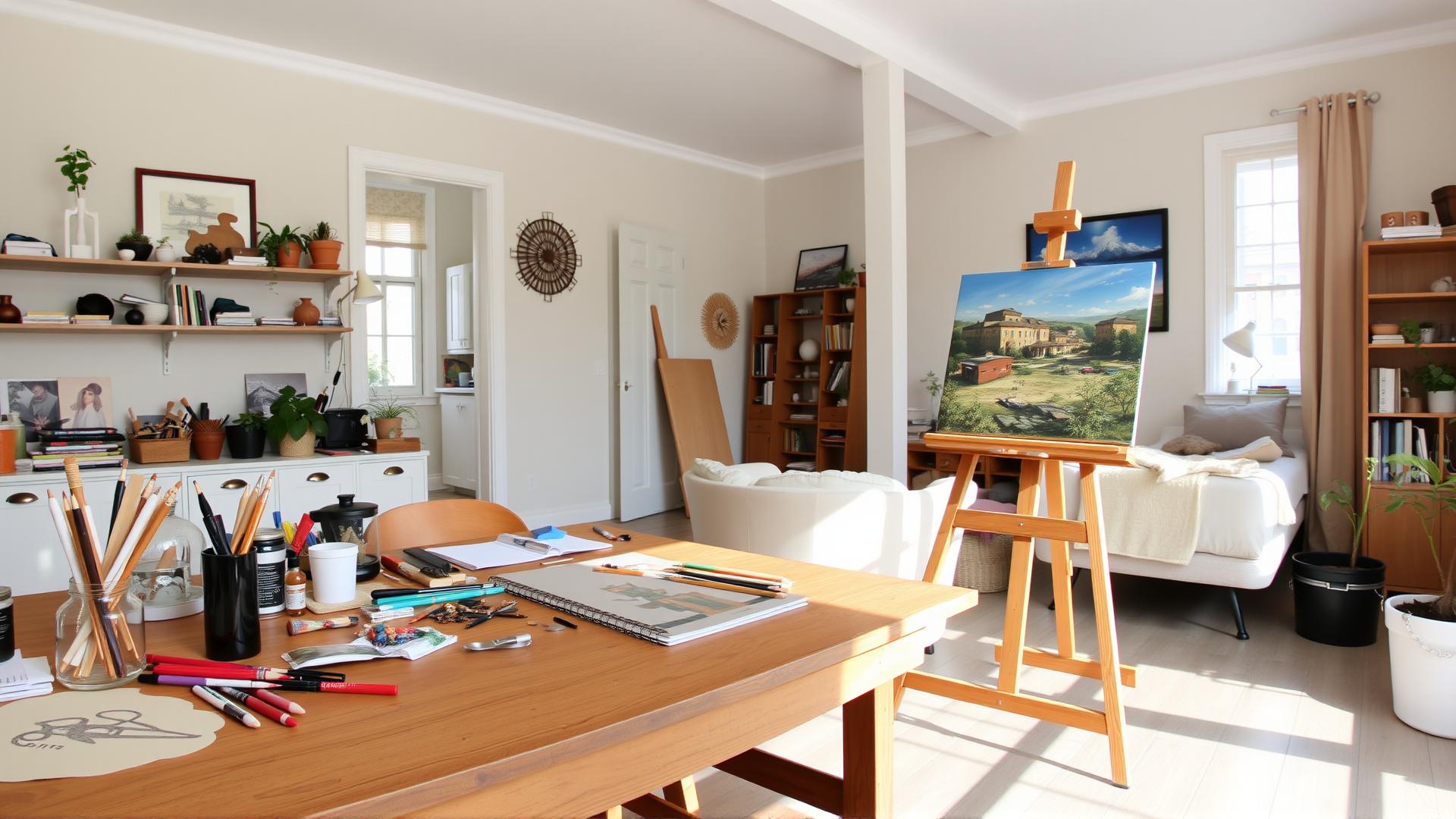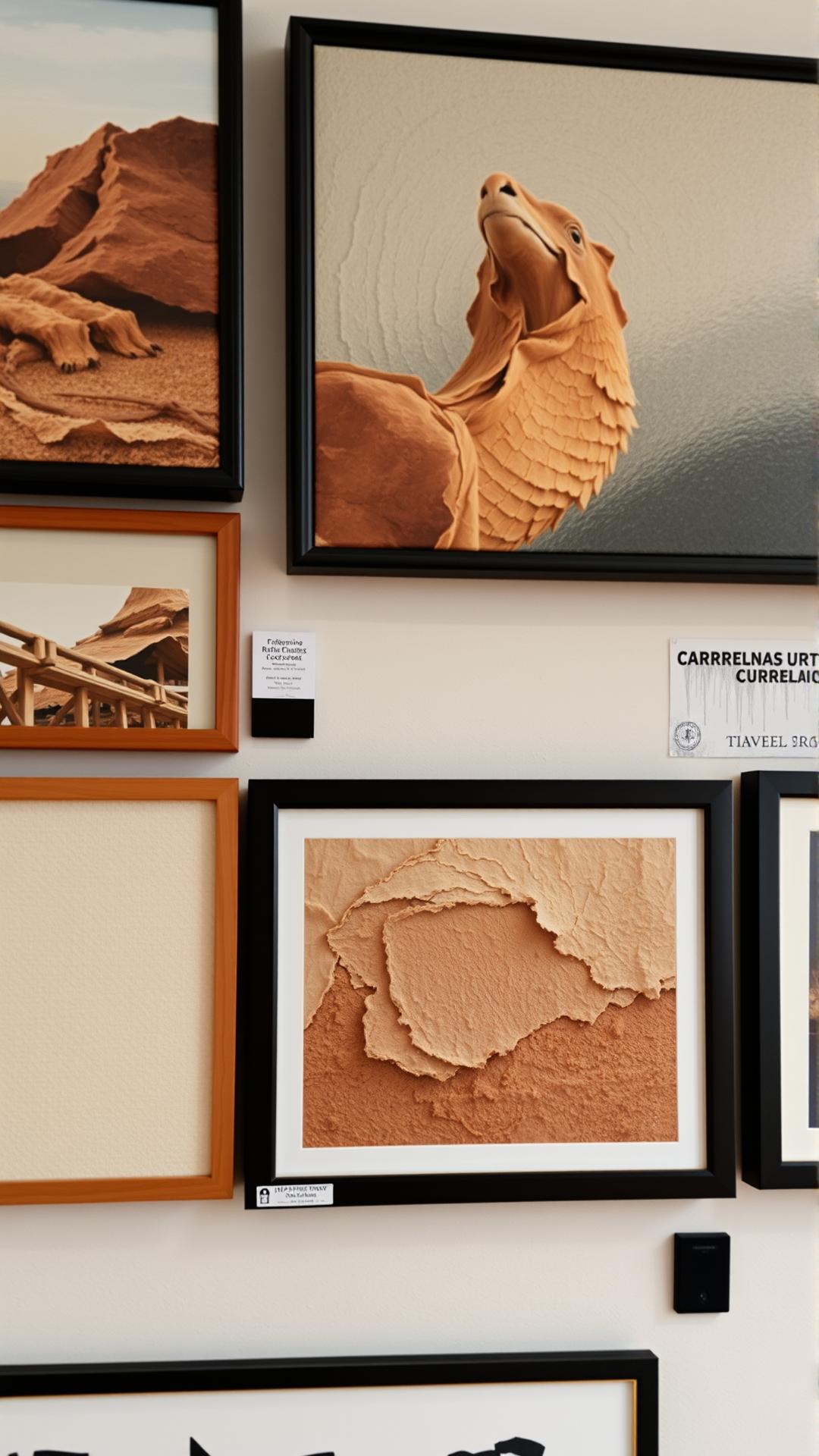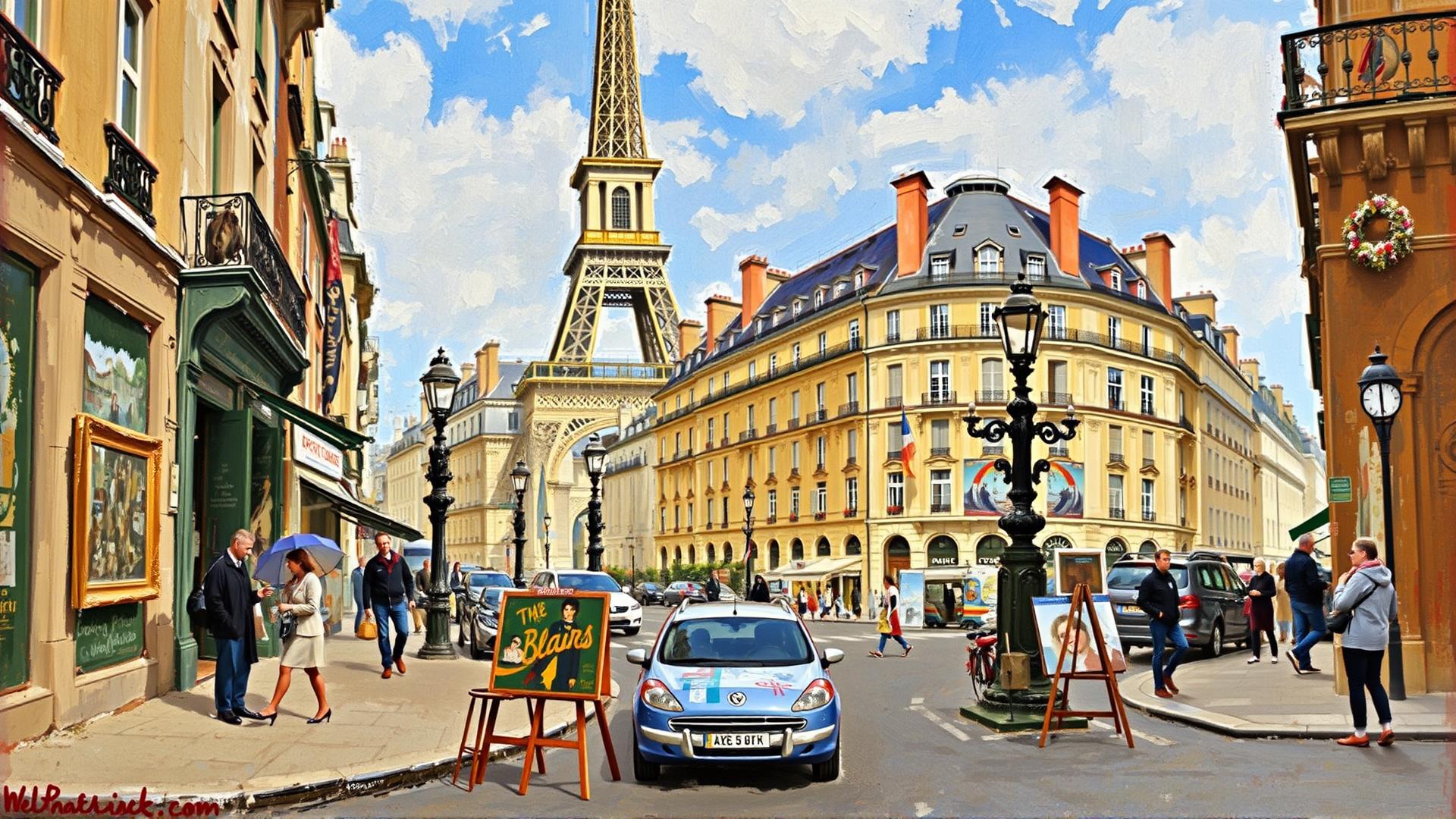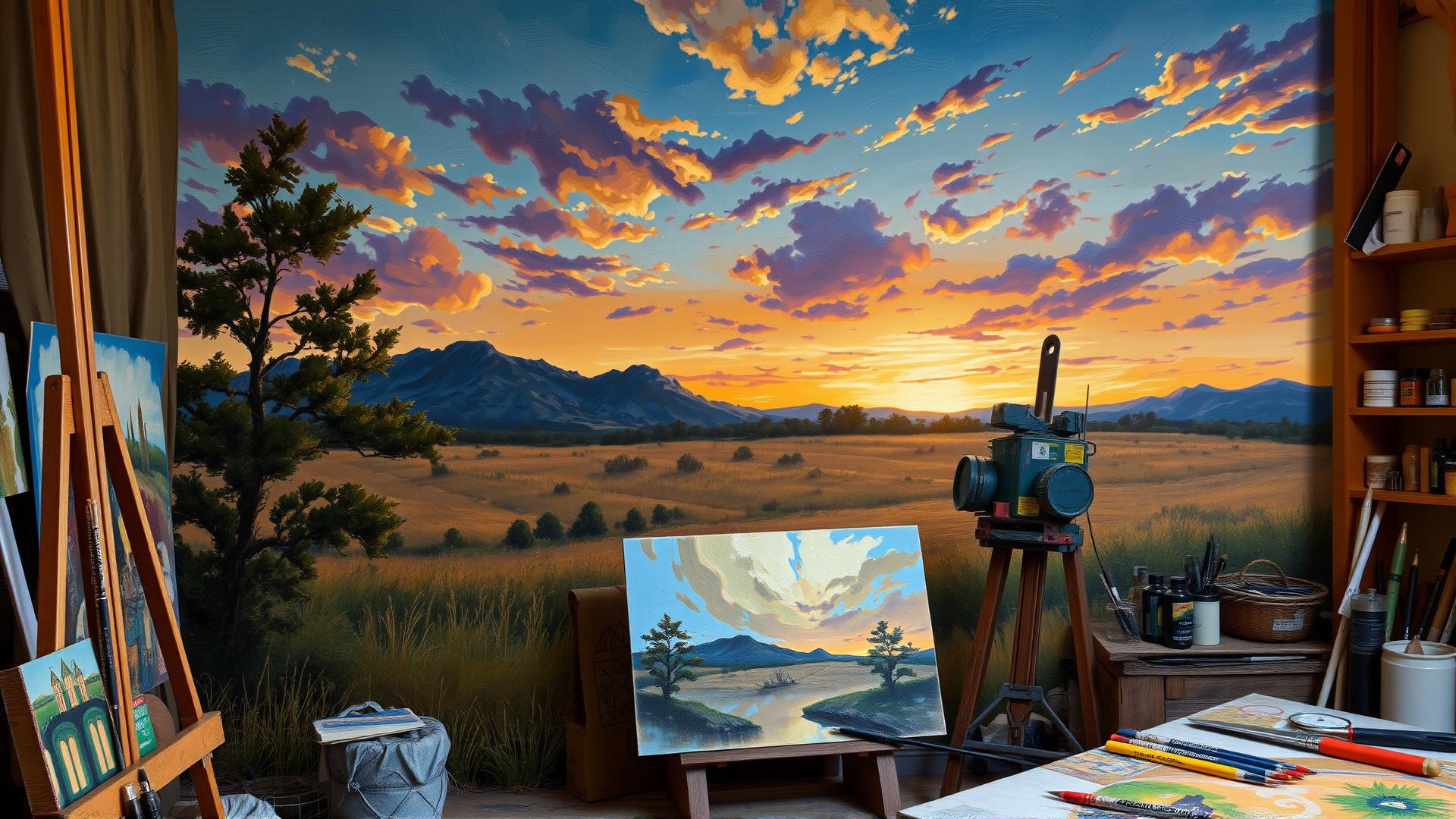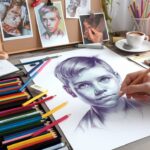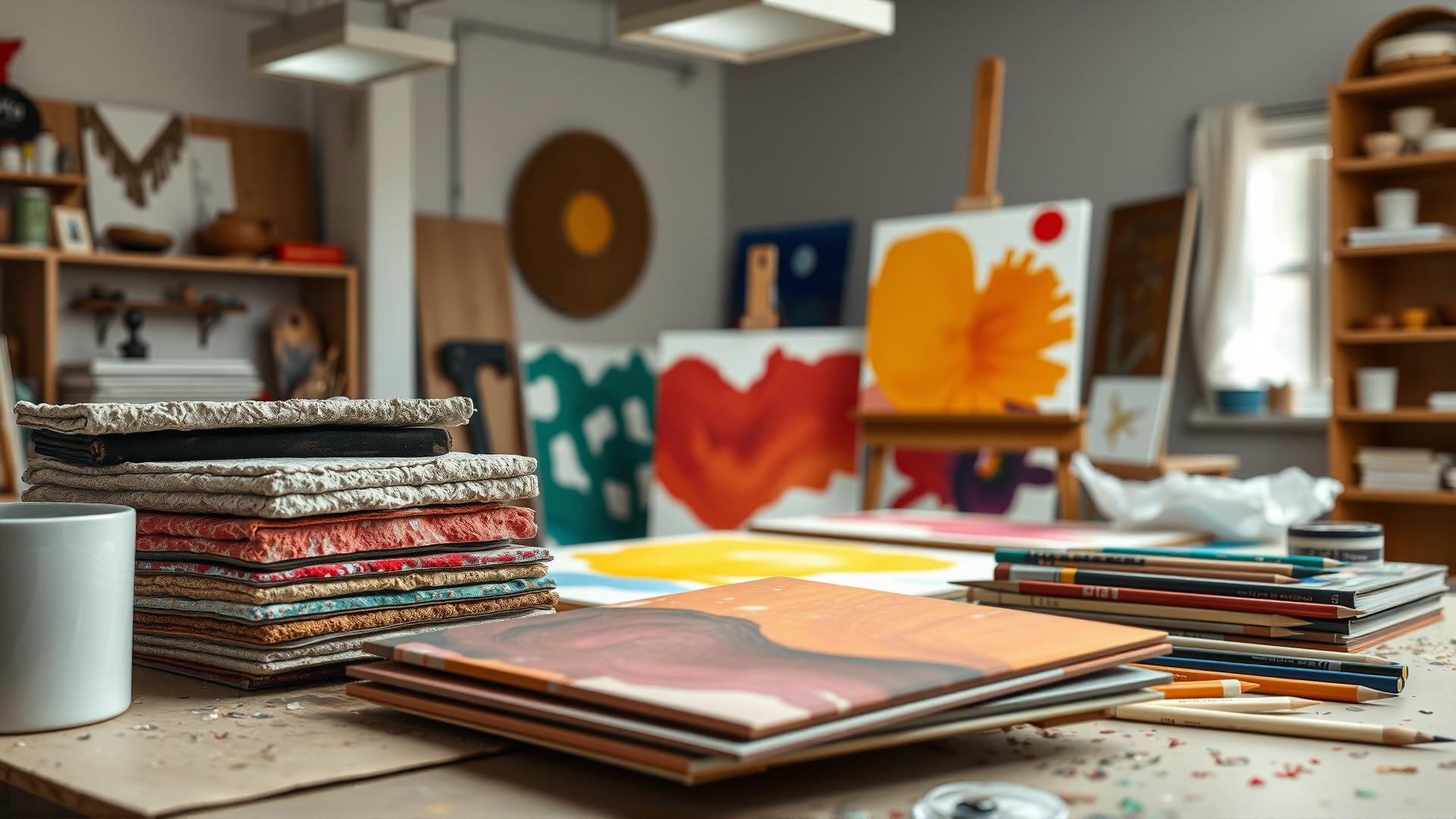
Exploring Depth And Dimension With Textured Painting Ideas
Introduction
Textured painting is a captivating art form that transforms ordinary canvases into mesmerizing works of art. By incorporating various materials and techniques, artists can add depth and dimension to their paintings, creating pieces that evoke emotion and intrigue. This article delves into diverse textured painting ideas, showcasing how different methods can bring a new level of creativity to your artwork.
Textured painting encompasses a wide range of styles and techniques, making it accessible to artists of all skill levels. Whether you are a seasoned painter or just beginning your artistic journey, exploring these techniques can enhance your art and provide an avenue for self-expression. From using simple materials like sponges and brushes to advanced methods involving plaster and mixed media, this article aims to guide you in discovering and implementing textured painting ideas that resonate with your artistic vision.
Understanding Textured Painting
Textured painting is an approach that transcends traditional two-dimensional artwork, inviting the viewer to engage more fully with the piece by appealing to their tactile senses. This artistic method employs materials and techniques that create a variety of surface feels, enhancing the overall experience and depth of the artwork. By incorporating texture into paintings, artists can evoke emotions and narratives that may not be conveyed through color and form alone.
The importance of texture in the art world cannot be overstated. It serves as a significant enhancement, transforming flat canvases into vibrant, multidimensional experiences. The manipulations of surfaces, be they rough, smooth, raised, or indented, play a crucial role in how an artwork captures attention and invites interaction. Texture prompts viewers to explore the work physically and emotionally, inviting them to both gaze and touch—should the context allow it—and thus fosters a deeper connection with the art.
Texture can be achieved by utilizing various mediums, including oils, acrylics, pastels, and mixed media. Each medium offers unique qualities and potential for creating textures. For instance, oil paints can be layered thickly for a rich, impasto finish, while watercolors might employ techniques like salt or sponges to create soft textural effects. This diversity in mediums opens a wide palette of creative possibilities for artists.
Different tools and additives can be employed to manipulate paint and achieve diverse textures. Palette knives, sponges, brushes, and even unconventional materials like sand or fabric can be integrated into the painting process. These choices enable artists to explore limitless creative avenues, from expressive strokes to detailed, lifelike depictions. Various gelling agents and pastes can also be mixed with paint to produce intricate surfaces that vary in thickness and pattern, enhancing the overall depth of the piece.
Textured painting is more than just a technique; it’s a language unto itself. It provides an opportunity for artists to convey layers of meaning and emotion, inviting viewers into a dialogue that extends beyond the visual. By exploring the boundaries of texture, artists can elevate their work to new heights, inviting a multisensory experience that encapsulates more than mere aesthetics.
Acrylic Techniques for Texture
Acrylic painting opens a remarkable avenue for artists seeking to experiment with a variety of textures that enhance visual interest and depth within their works. Among the many techniques available, two prominent methods stand out: impasto and utilizing gel mediums. These techniques not only add a dynamic quality to paintings but also invite viewers to physically and emotionally engage with the artwork.
The Impasto Technique
The impasto technique involves applying thick layers of paint that create a three-dimensional effect on the canvas. By using a palette knife or a stiff brush, artists can manipulate the paint in such a way that it stands raised off the surface. This method is particularly effective for creating dramatic lighting effects, as the textured surface catches and plays with light differently than smooth paint applications. Artists like Vincent van Gogh famously employed impasto to convey movement and emotion, transforming traditional landscapes into vivid, tactile experiences.
When working with impasto, it’s essential to choose quality acrylic paints that maintain their viscosity. Heavy-body acrylics are ideal, as their consistency allows for better textural variations. Layering is key; applying varied colors on top of each other can create stunning contrasts and depth. Moreover, incorporating tools such as scrapers or even household items can yield unique patterns and effects, encouraging experimentation and spontaneity.
Gel Mediums for Enhanced Texture
Gel mediums further expand the range of textures achievable in acrylic painting. These transparent or translucent mediums can be mixed with paints to modify their consistency, allowing artists to produce a variety of effects from delicate sheen to thick, impasto-like applications. There are several types of gel mediums, including gloss, matte, and heavy gels, each imparting a distinct feel to the artwork.
By mixing gel mediums into acrylics, artists can produce luscious textures that mimic natural elements, such as cloud formations or rocky surfaces. Thin layers of gel can enhance color glazes, creating luminescent effects while retaining transparency. Alternatively, applying thick gel directly onto the canvas can contribute to sculptural elements, transforming a flat surface into a multi-dimensional experience.
In practice, it’s beneficial to experiment with both impasto and gel mediums. Layering these techniques can generate extraordinary combinations of textures, adding unparalleled depth and complexity to paintings. As artists continue to explore acrylics, these methods promote not only technical skills but also a deeper understanding of how texture influences perception and emotion within works of art.
Mixed Media Textured Paintings
Exploring Mixed Media for Enhanced Texture
Mixed media painting has emerged as a dynamic avenue for creating striking textures and adding depth to artistic expressions. By combining various materials with traditional painting mediums, artists can achieve a multifaceted approach that enhances visual intrigue. This blend of elements allows for the manipulation of not just color, but also the tactile quality of the canvas, providing a uniquely immersive experience for viewers.
One of the standout attributes of mixed media is the versatility in materials that can be used to create texture. For instance, incorporating sand into paint can generate a gritty, organic surface that invites the viewer to touch and explore. Sand which can be introduced directly into acrylics or used as an underlayer for paint, provides an earthy feel that complements natural subject matter or landscapes.
Fabric, another exciting material, can introduce a soft, textural dimension to artwork. Using pieces of cloth—be it lace, burlap, or cotton—artists can create layers that not only vary physically but also add narrative depth to the piece. By adhering fabric to the canvas through stitching or decoupage, painters can incorporate colors, patterns, and textures in ways that traditional paint alone may not allow.
Paper is also a fantastic medium that works beautifully in mixed media paintings. Techniques such as collage can be integrated into the painting process by gluing various types of paper—be it tissue, newspaper, or handmade paper—onto the canvas. These layers contribute not only visually compelling textures but also an emotional resonance through the stories that these papers may represent, such as journal entries or old photographs.
Utilizing various tools and applications, such as palette knives and brushes, alongside these materials can further enhance the textural quality. Layering paint over sand, fabric, or paper effectively builds a rich visual tapestry that captivates the eye. Artists can experiment with different applications and thicknesses, achieving unique tactile invites that create a conversation between the artwork and its audience.
Benefits of Mixed Media in Textured Painting
Integrating mixed media into textured painting unlocks a realm of creative potential. Not only does it emphasize depth, but it also facilitates a unique exploration of the materiality of art itself. Each choice, from sand to fabric and paper, enriches the overall composition, making the piece not only a visual feast but also a sensory one.
Applying Faux Techniques in Textured Painting
Simulating Surfaces with Faux Painting Techniques
Faux painting techniques offer an impressive way to create textures that mimic various surfaces like marble, wood, and even metals. These techniques have a rich historical context, originating from the Renaissance era when artisans sought to imitate the luxurious appearances of natural materials in their artwork and architecture. This desire for opulence often led to the development of refined methods to achieve a realistic look without using the actual materials. Today, faux painting remains a captivating avenue for artists eager to infuse depth and dimension into their textured paintings.
One of the most popular faux techniques is the marbleizing process. This technique replicates the elegant veining and glossy finish seen in natural marble. By layering glazes and using special tools like feathering brushes or sponges, artists can create the illusion of depth within the surface. This method not only adds visual complexity but also enhances the overall mood of the painting, turning a plain background into a breathtaking focal point.
Wood grain effects are another beloved faux technique, appealing to both contemporary and traditional aesthetics. Using colors that mimic natural wood tones, artists can employ a variety of brush strokes to recreate the texture and pattern of wood grain. This approach is particularly effective in landscapes or subject matters that embrace rustic charm. The illusion of wood provides a tactile sensation that invites viewers to engage with the artwork on a deeper level.
The appeal of faux techniques extends beyond aesthetics; they allow artists to explore their creativity through innovative approaches. Effects like stucco or brick can be applied using a palette knife or various sponges, resulting in dynamic textures. With the advancement of tools and materials, artists can experiment more freely, making it easier to achieve desired results with less complexity.
Modern applications of faux painting techniques include interior design, where they can transform walls into striking canvases that reflect personal style. In fine art, they are utilized to create pieces that resonate within a contemporary context while paying homage to historical painting practices. As artists continue to push the boundaries of textured painting, faux techniques serve as a vital resource for those wishing to infuse their work with depth and dimension, creating a visually rich experience that captivates the senses.
Experimenting with Natural Elements
Incorporating Organic Materials into Art
Textured painting is an artistic journey that gains depth and dimension through innovative techniques. One compelling approach to enhance this dimensionality is the incorporation of natural elements like leaves, branches, and stones into textured paintings. These organic materials can transform a flat canvas into a visceral experience that connects the observer with the natural world. By using these elements, artists not only introduce a tactile quality but also evoke feelings of authenticity and spontaneity in their work.
Leaves, for instance, can serve as remarkable tools for creating texture. Pressing or imprinting leaves onto the canvas can leave intricate designs that echo the patterns found in nature. This technique allows artists to play with negative space and positive form, bridging the gap between painted and real-life elements. The varied shapes and sizes of leaves can be combined to construct layered effects, making them an integral part of the artwork. As the colors of the leaves interact with paint, they can add to the complexity of the piece, encouraging viewers to examine the layers more closely.
Branches and twigs can similarly play a dual role in textured painting. When incorporated as physical components, they introduce lines and movement to the art. The rough texture of a branch can provide an interesting contrast to smoother painted areas, creating a visual conversation within the piece. Moreover, using materials like rocks or stones adds not just physical texture but also weight and grounding to the artwork, eliciting a sense of stability. This contrast can highlight the ethereal qualities of paint, making your work feel both calculated and organic.
Using natural elements also allows artists to engage with their environment, drawing inspiration from the immediate surroundings. Whether gathered on a nature walk or sourced from a backyard, these materials can reflect a personal narrative, creating a more intimate connection between the artwork and its creator. This engagement with nature encourages a thoughtful consideration of the world outside the studio, bridging art with environmental consciousness.
The use of natural elements invites an experience that differs with each piece. As the materials age or change color over time, so too will the artwork, giving it a dynamic quality that invites repeated viewing. This connection to nature enhances the overall vitality of textured paintings, providing a refreshing perspective that resonates in the ever-evolving landscape of contemporary art.
Final Thoughts on Textured Painting
As we reflect on the transformative power of textured painting, it becomes evident how this medium plays a pivotal role in contemporary art. Textured paintings go beyond mere color application; they embody a tactile experience that invites viewers to engage with the artwork on a more profound level. The depth achieved through varied materials and techniques not only enhances the visual appeal but also evokes emotional resonance, creating a complex dialogue between the artist and the observer.
In today’s art landscape, artists are increasingly drawn to the interplay of physical texture and visual depth. Different materials, such as sand, plaster, and even unconventional elements like recycled objects, allow for an expansive array of expressions and styles. This diversity facilitates a richer exploration of themes, as artists can convey their messages not only through imagery but through the very structure of their paintings. The nuances of texture can capture fleeting moments, invoke introspection, or even critique societal norms.
Textured painting promotes a sense of experimentation and innovation. Artists are encouraged to break away from traditional techniques, incorporating unique methods to infuse their work with personal stories and cultural significance. For instance, layering techniques not only build physical depth but also metaphorically suggest the layers of experience and emotion within human existence. As artists, the journey of trial and error can lead to unexpected but rewarding results, transforming even the most mundane subjects into striking visual narratives.
The significance of textured paintings in contemporary art lies in their ability to transcend the visual realm and connect with viewers on a sensory level. Whether it’s the roughness of a canvas where natural elements interact with paint or the smooth blending of synthetic textures, every detail can stir emotions and provoke thought. This multi-dimensional approach allows for a more immersive experience, pulling observers into the artwork’s world.
For artists embarking on their creative path, the encouragement is clear: allow your imagination to roam freely. The world of textured painting is vast and varied. Embrace the non-traditional, challenge conventions, and let your unique voice carve its niche in the art community. In doing so, you will contribute to a rich dialogue that celebrates both individuality and collective artistic expression.
Conclusions
Textured painting offers a unique and enriching way to explore artistry by allowing for the incorporation of diverse materials and techniques. As we have discussed, the ability to manipulate texture not only enhances the visual appeal of paintings but also invites viewers to engage with the artwork on a deeper level. From abstract forms to realistic representations, the possibilities are endless, providing every artist with a platform to express their individuality.
As you venture into your artistic endeavors, remember to experiment with different textured painting ideas to uncover your style. Whether you choose to work with traditional methods or innovative techniques, the key is to enjoy the process. Each stroke, layer, and texture adds to your masterpiece, allowing your creativity to flourish like never before.
